DC-3 LN-WND
Year built
1942
Aircraft
DC-3A
Base
Sandefjord Airport Torp
Built in 1942, as a C-53D-DO ‘Skytrooper’, by Douglas at its facility at Santa Monica, California, the Norwegian Dakota served with the United States Army Air Force (USAAF), in Europe, during World War Two.
After the war, the Dakota was taken on strength with the Luftforsvaret (Royal Norwegian Air Force) where it was converted to DC-3A.
In 1948 the Dakota was sold into the private market and flew for Finnair as OH-LCG until 1969.
After its time with Finnair, the aircraft was sold to the Finnish Air Force where it was operated for the National Board of Survey and was also used as the private presidential plane for the Finnish President Urho Kekkonen during his time in office.
Thore Virik and Arne Karlsen of Sandefjord purchased the aircraft from the Finnish Air Force in 1985. It has flown regular flights in Vestfold County since August 1986 and in 1995 the Dakota received a new Norwegian civil aviation registration LN-WND.
| Back to Top |
Douglas DC-3
The Douglas DC-3 was a revolutionary propeller-driven airliner that significantly impacted the airline industry during the 1930s and 1940s, as well as during World War II. It was developed by the Douglas Aircraft Company as an improved version of the Douglas DC-2, with a larger and more comfortable 14-bed sleeper, which helped to set a new standard in air travel.
The aircraft is a low-wing metal monoplane with conventional landing gear, powered by two radial piston engines that produce 1,000-1,200 hp (750-890 kW). Although most DC-3s that are still flying today use Pratt & Whitney R-1830 Twin Wasp engines, many of the planes originally built for civil service were equipped with the Wright R-1820 Cyclone engine. This engine was less powerful than the Twin Wasp, but it was more economical and reliable.
The DC-3 was a notable improvement in many ways compared to previous aircraft. It was faster, more reliable, and had a longer range, providing passengers with greater comfort. Prior to the war, it pioneered many air travel routes and was capable of crossing the continental US from New York to Los Angeles in just 18 hours with only three stops. Additionally, it was one of the first airliners to efficiently carry only passengers without relying on mail subsidies.
During the war, the DC-3 played a vital role as a military transport aircraft. It was used extensively by the United States Army Air Forces (USAAF) and the Royal Air Force (RAF) for a wide range of missions, including paratroop drops, aerial resupply, and medical evacuation. Military versions of the DC-3, including the C-47 Skytrain (known as the Dakota in British RAF service), as well as Soviet- and Japanese-built versions, brought total production to over 16,000.
Following the war, the market was flooded with surplus transport aircraft, and the DC-3 was no longer competitive due to its size and speed. It was replaced on main routes by more advanced types, such as the Douglas DC-4 and Lockheed Constellation, but the design proved to be adaptable and useful on less glamorous routes. Many DC-3s were converted into cargo planes, and some were modified for use as executive transports and aerial survey platforms.
Civil DC-3 production was discontinued in 1942, with a total of 607 aircraft produced. However, the DC-3 continued to serve in a variety of roles in many countries around the world. Even today, many DC-3s continue to fly in a variety of niche roles, with an estimated 2,000 still in operation in 2013 and over 300 still in service as of 2017. The aircraft's durability, versatility, and reliability make it a popular choice for operators who require a dependable workhorse that can operate from short runways in remote locations.
| Back to Top |
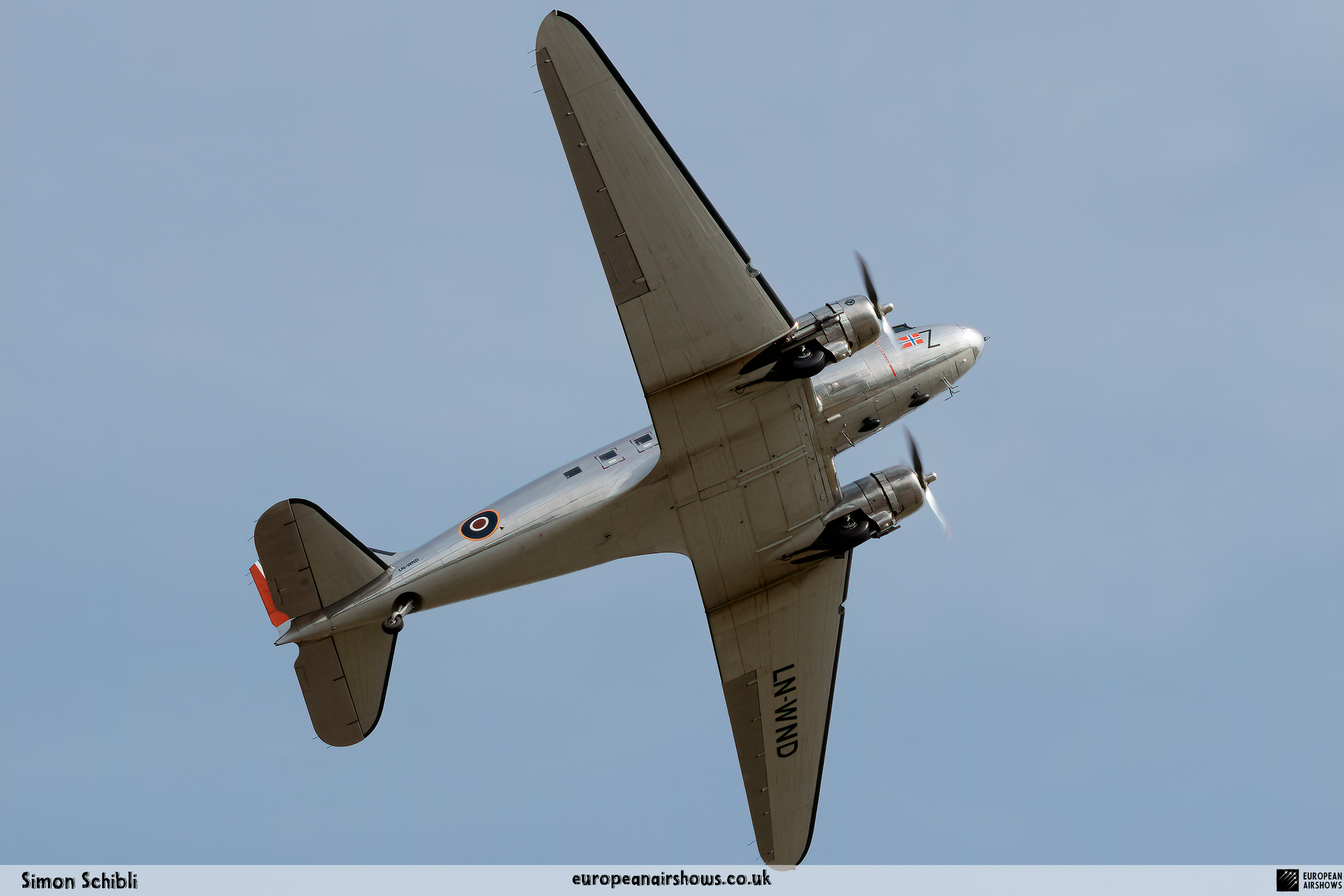
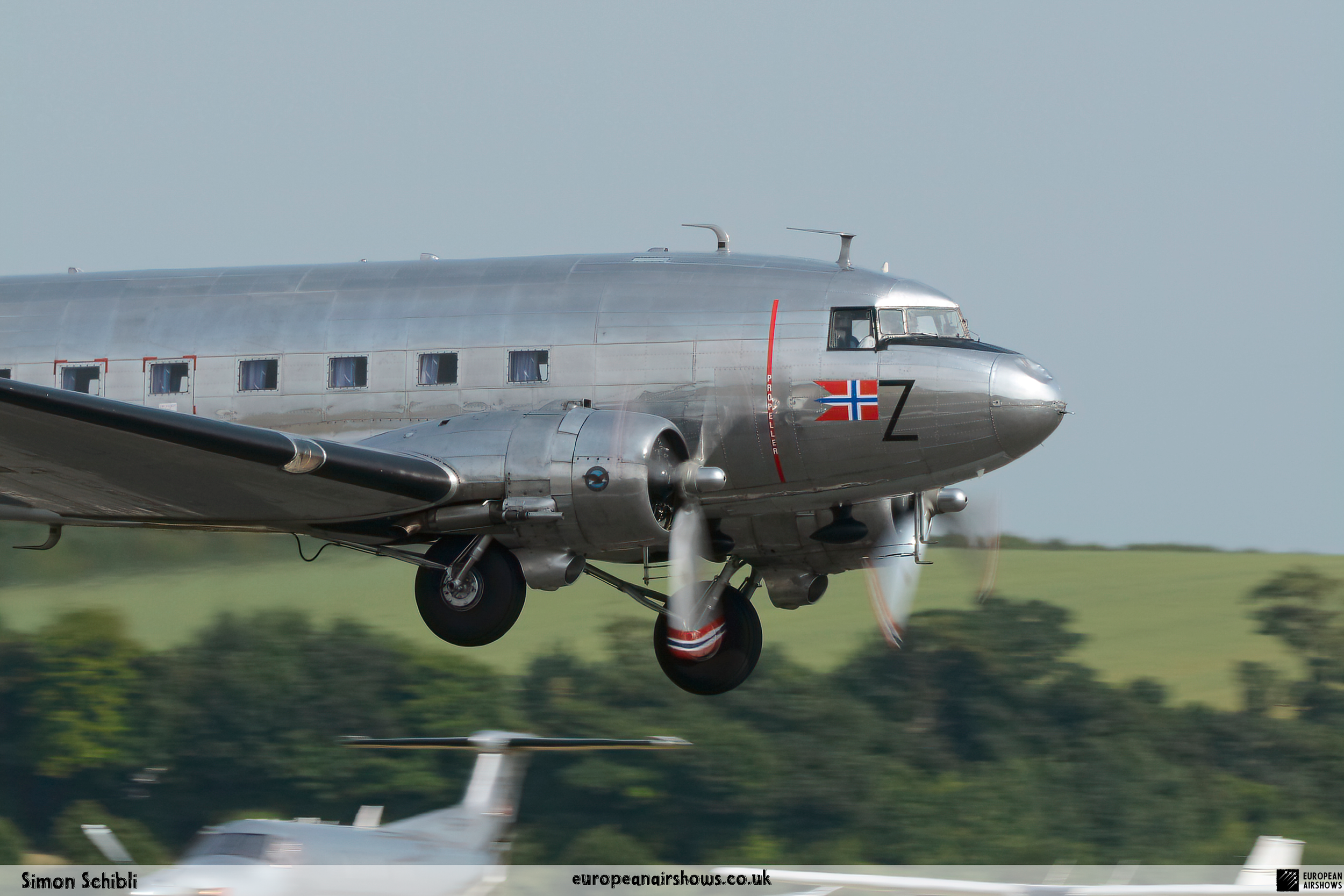
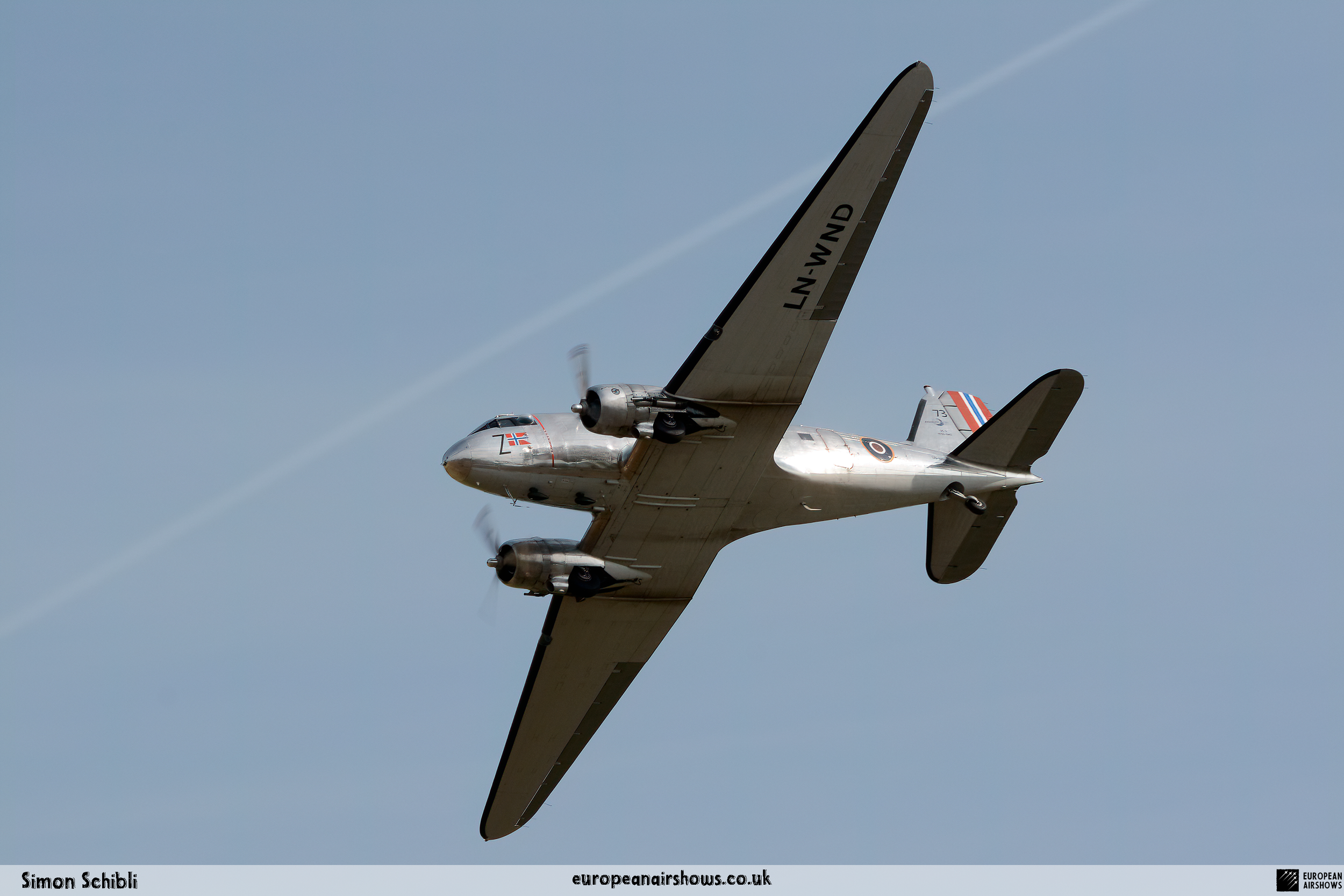
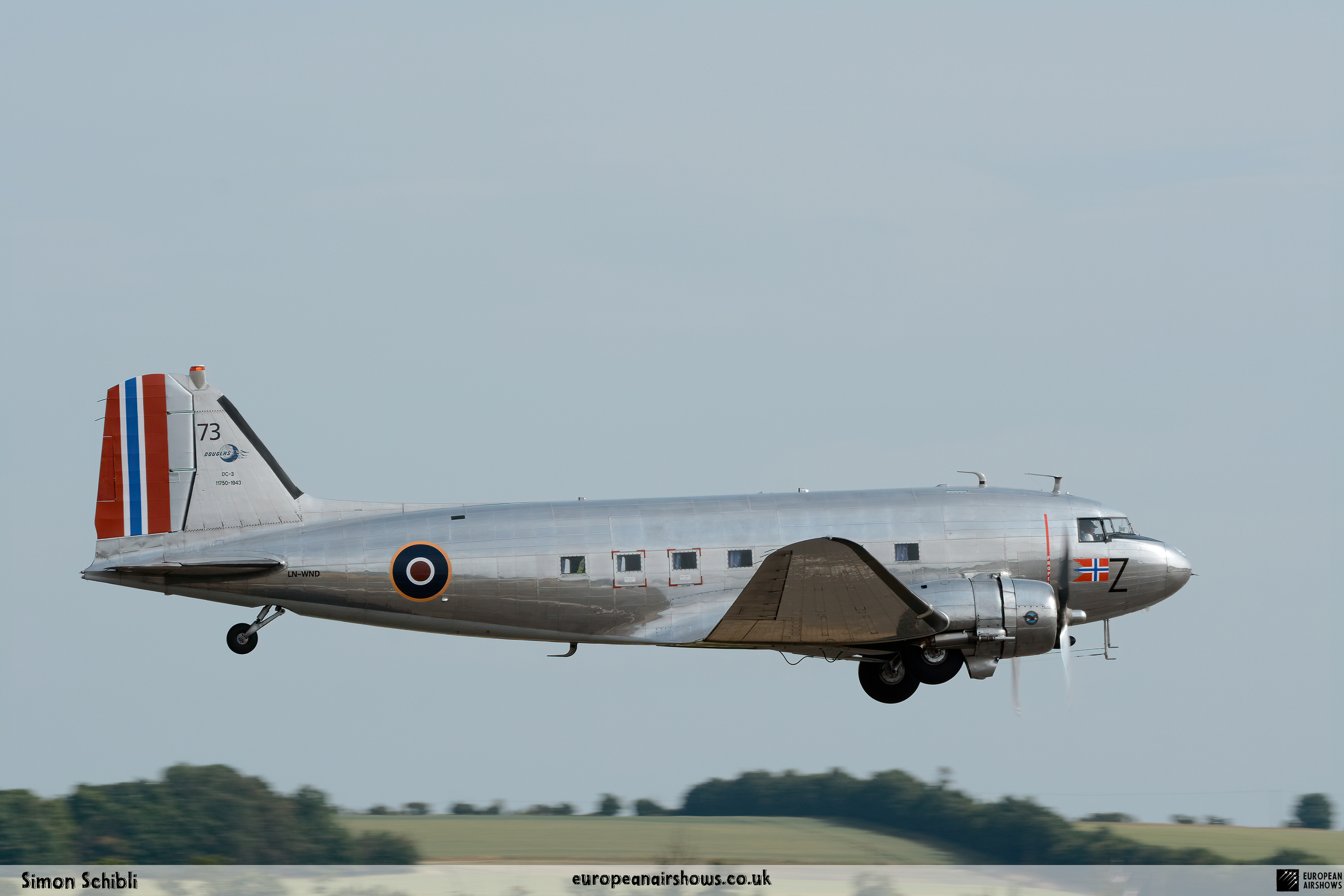
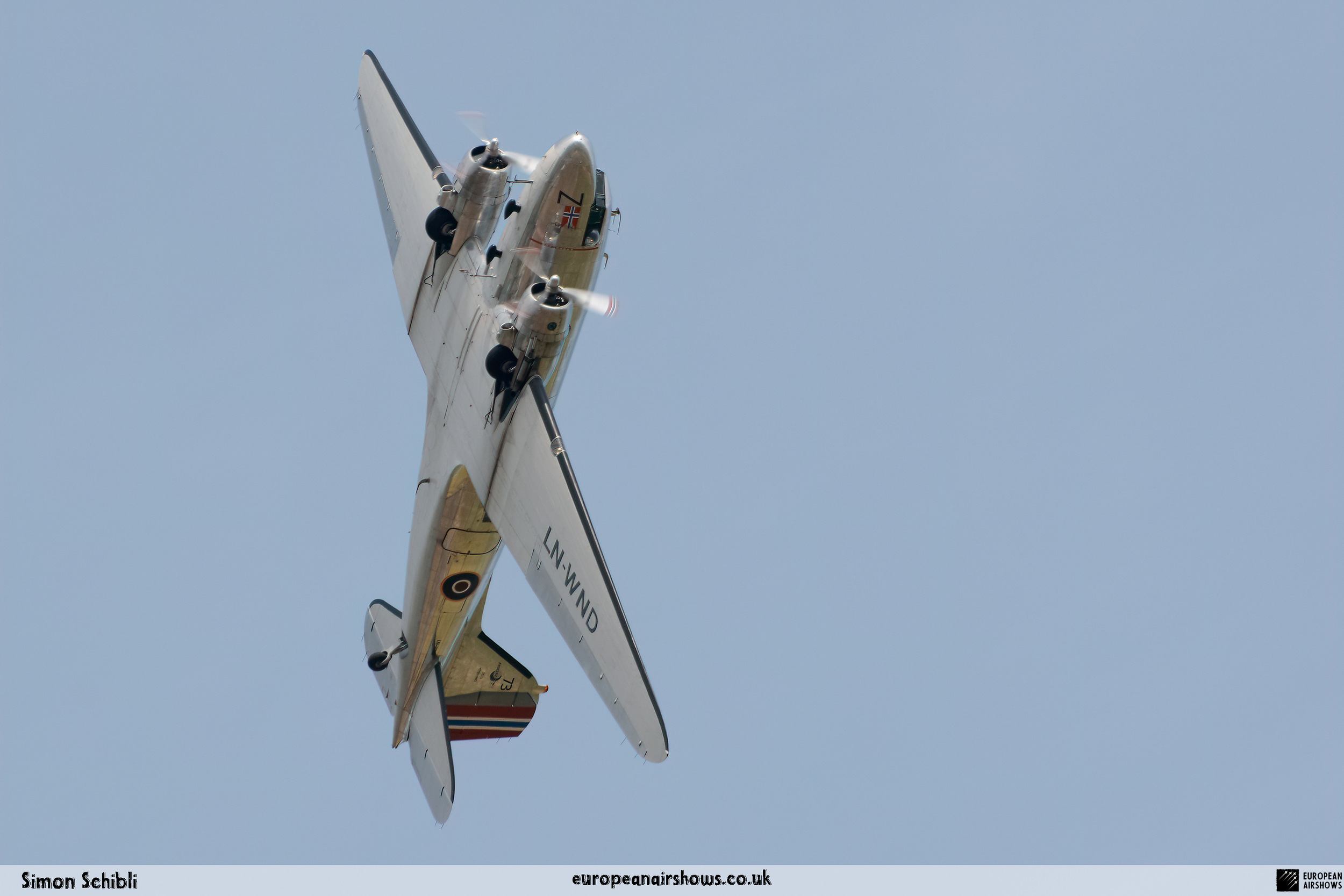

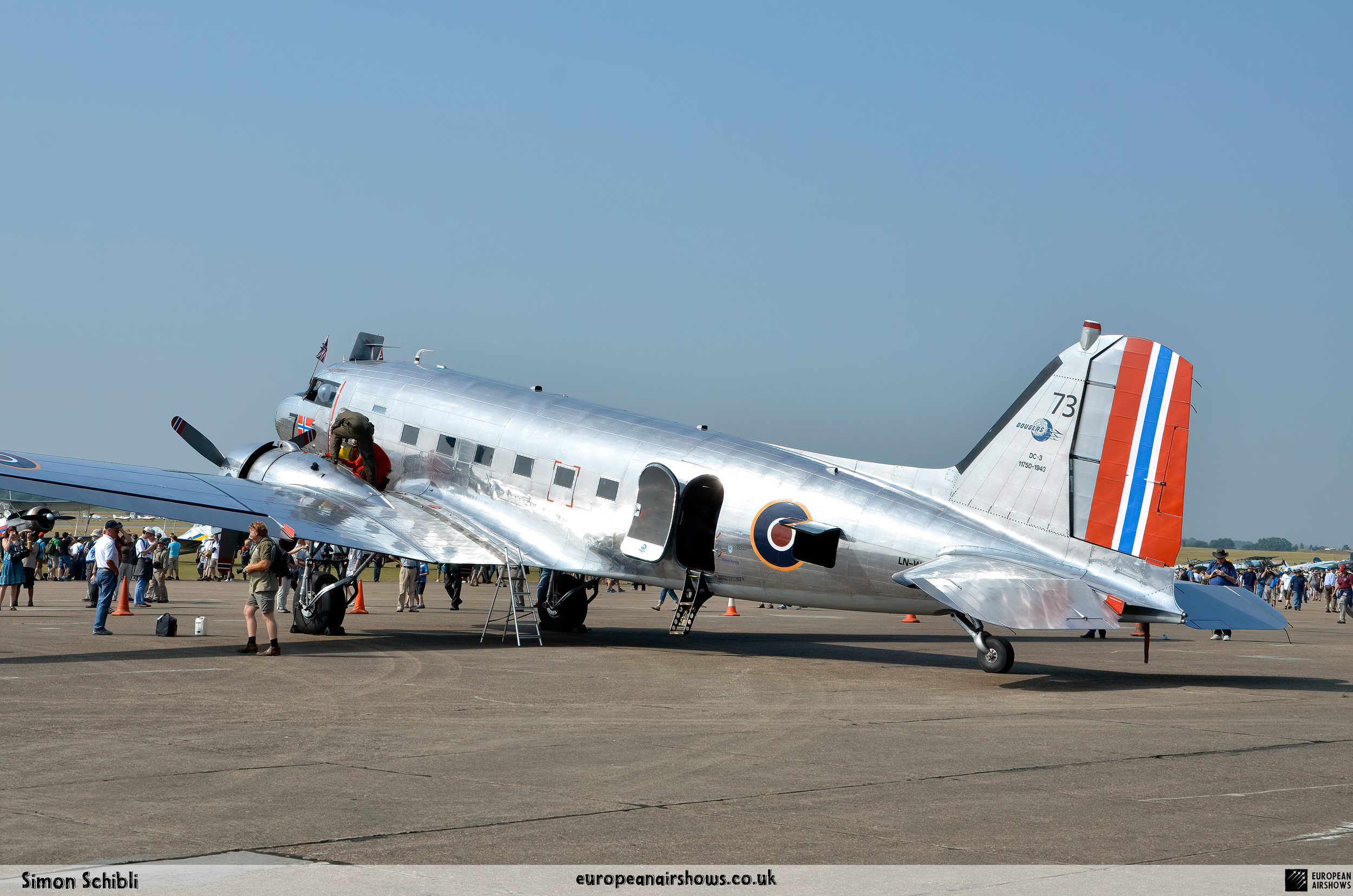
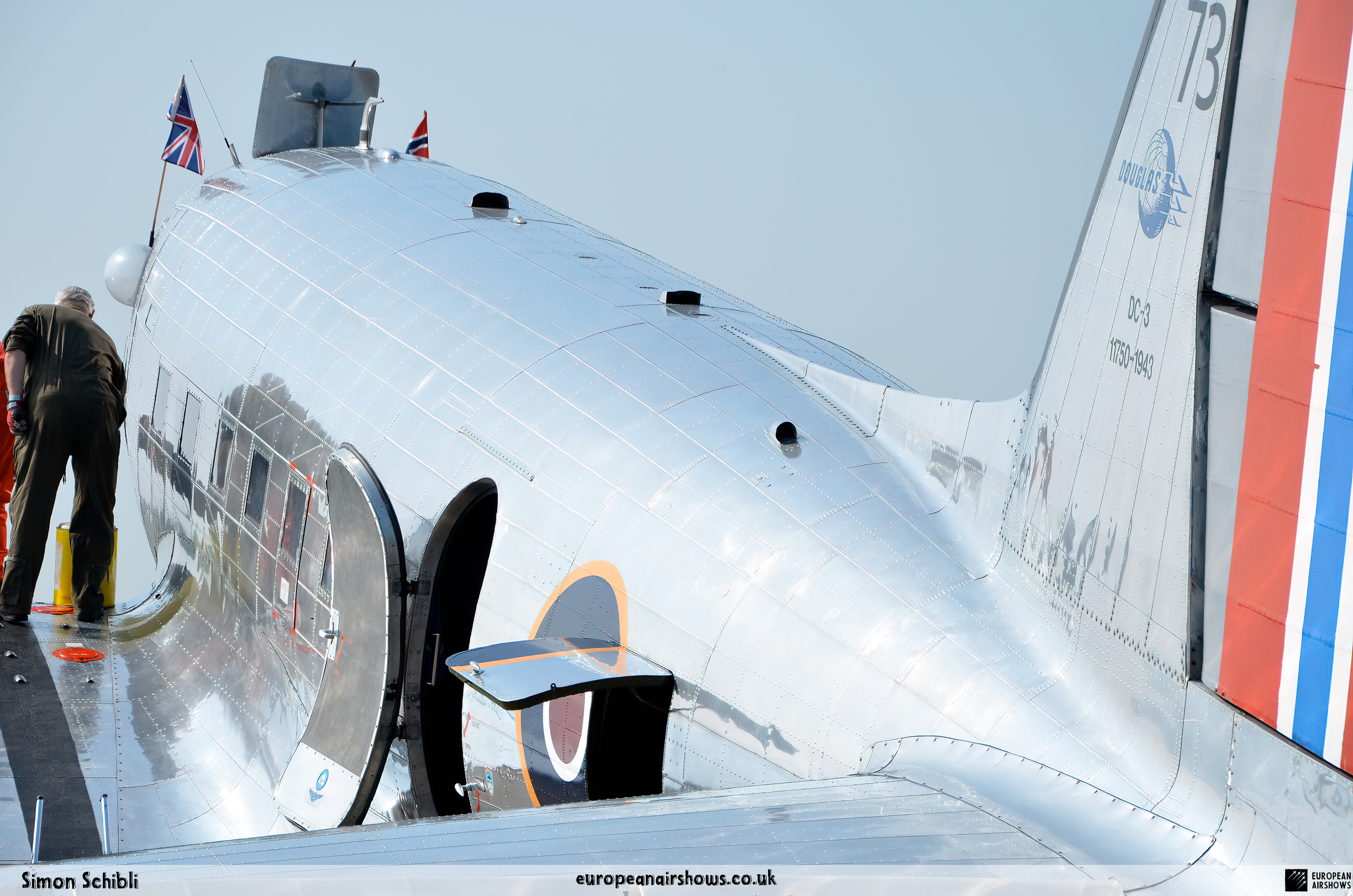
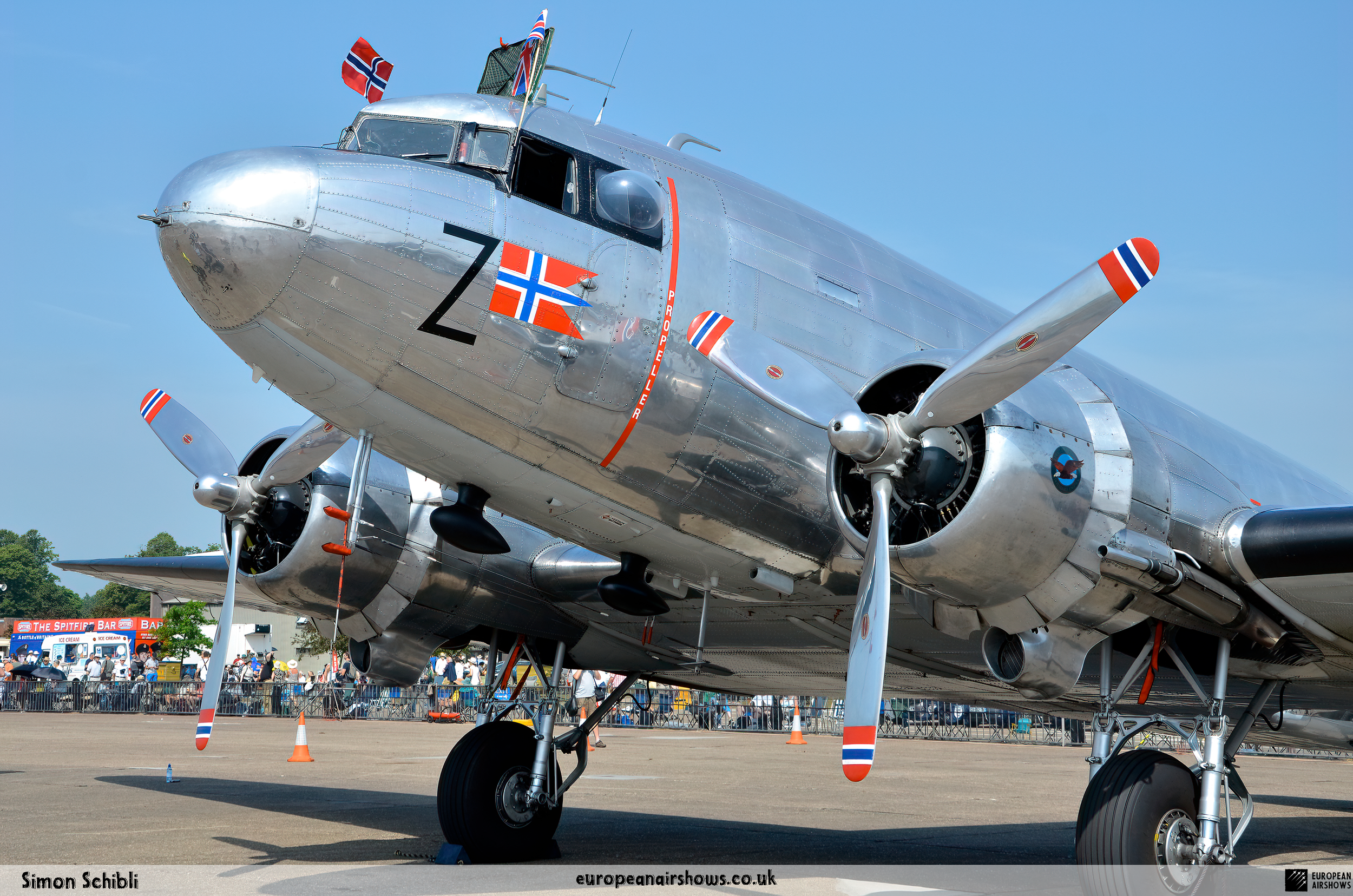
| Back to Top |





